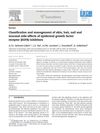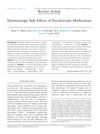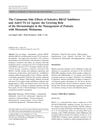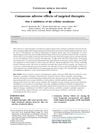Drug-Induced Skin Reactions: A Pathologist's Viewpoint
June 2015
in “
Cutaneous and Ocular Toxicology
”
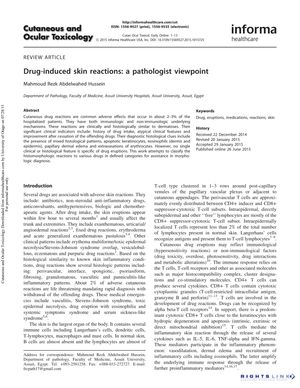
TLDR Some drugs can cause skin reactions, which may improve when the drug is stopped, and rapid diagnosis and stopping the drug is crucial.
The document from 2015 provides an in-depth analysis of drug-induced skin reactions, which affect about 2-3% of hospitalized patients. It explains that these reactions can be caused by both immunologic and non-immunologic mechanisms and may present with a variety of clinical and histological features that are often similar to other dermatoses. Key clinical indicators include a history of drug intake, atypical features, and improvement after stopping the drug. Histologically, drug reactions may show mixed patterns, apoptotic keratinocytes, eosinophils, and other signs, but no single feature is specific to drug eruptions. The document categorizes histomorphologic reactions to assist in diagnosis and lists drugs commonly associated with skin reactions, including antibiotics and anti-inflammatory drugs. It also describes life-threatening reactions like Stevens-Johnson syndrome and emphasizes the importance of rapid diagnosis and drug withdrawal. Various specific drug-induced skin conditions are detailed, such as lichenoid eruptions, fixed drug eruptions, vasculitis, psoriasiform reactions, and others, each with their clinical and histological characteristics. The document also discusses drug-induced alopecia, which leads to reversible hair loss, and the importance of clinical correlation for diagnosis. Overall, the document underscores the wide spectrum of potential drug-induced skin reactions and the need for awareness among clinicians and pathologists.
